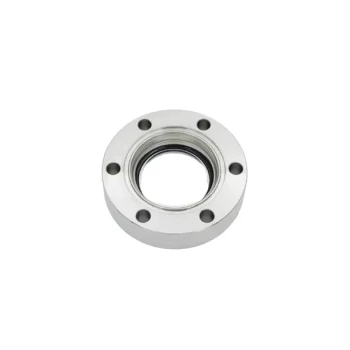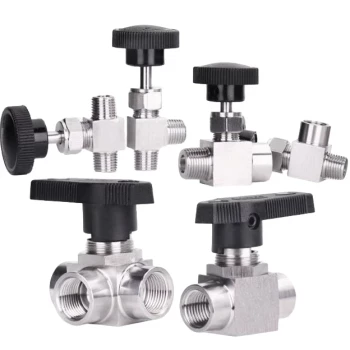In metallurgy, inert ovens play a crucial role in processes where oxidation or contamination must be avoided to preserve material integrity. These ovens create a controlled, non-reactive environment using inert gases like argon or nitrogen, enabling precise heat treatments such as annealing, sintering, and curing. Their applications span industries requiring high-purity metal processing, from enhancing mechanical properties to facilitating advanced coating techniques like Physical Vapor Deposition (PVD). By maintaining an oxygen-free atmosphere, inert ovens ensure metals achieve desired structural and functional characteristics without degradation.
Key Points Explained:
-
Prevention of Oxidation and Contamination
- Inert ovens eliminate oxygen and reactive gases, preventing oxidation during high-temperature processes. This is critical for metals prone to scaling or embrittlement when exposed to air.
- Example: Annealing copper in an inert oven preserves its ductility by avoiding oxide formation on the surface.
-
Annealing Applications
- Used to soften metals, relieve internal stresses, and improve machinability. The inert environment ensures uniform heating without surface reactions.
- Industries like aerospace and automotive rely on this for producing high-performance alloy components.
-
Sintering of Metal Powders
- Inert ovens fuse powdered metals into solid parts without oxidation, essential for manufacturing porous or complex-shaped components.
- Common in powder metallurgy for creating gears, bearings, and medical implants with precise tolerances.
-
Heat Treatment for Enhanced Properties
- Processes like hardening and tempering are performed under inert conditions to control phase transformations (e.g., martensite formation in steel).
- Critical for tools and dies requiring wear resistance.
-
Integration with Advanced Coating Techniques
- Inert ovens support PVD and CVD processes by maintaining clean substrates. For instance, sputtering targets are pre-heated in inert ovens to ensure adhesion and uniformity.
- Low-temperature variants like PECVD benefit from inert atmospheres for coating temperature-sensitive materials.
-
Material-Specific Advantages
- Reactive metals (e.g., titanium, zirconium) are processed in inert ovens to avoid nitride or hydride formation.
- Vacuum furnaces with inert gas backfilling combine low-pressure and inert conditions for ultra-high-purity applications.
-
Industrial Scalability
- Box furnaces handle bulk materials, while tube furnaces are ideal for R&D or small batches. Rotary furnaces enable continuous processing for high-throughput needs.
By leveraging inert ovens, metallurgists achieve repeatable, contamination-free results—whether refining grain structures or enabling next-generation material designs. These technologies quietly underpin innovations from durable consumer electronics to life-saving biomedical devices.
Summary Table:
| Application | Key Benefit | Example Use Case |
|---|---|---|
| Annealing | Softens metals, relieves stress, improves machinability | Aerospace alloy component production |
| Sintering | Fuses metal powders without oxidation | Medical implant manufacturing |
| Heat Treatment | Enhances hardness and wear resistance | Tool and die hardening |
| PVD/CVD Integration | Ensures clean substrates for uniform coatings | Sputtering target pre-heating |
| Reactive Metal Processing | Prevents nitride/hydride formation | Titanium component fabrication |
Upgrade your metallurgical processes with KINTEK’s precision inert ovens!
Leveraging our advanced R&D and in-house manufacturing, we deliver tailored high-temperature solutions for industries requiring contamination-free results. Whether you need annealing, sintering, or PVD/CVD integration, our Muffle, Tube, and Rotary Furnaces are engineered for reliability and scalability.
Contact us today to discuss how our deep customization capabilities can meet your unique metallurgical needs.
Products You Might Be Looking For:
Explore high-purity vacuum observation windows for process monitoring
Discover precision vacuum feedthroughs for sensitive applications
Enhance vacuum system stability with durable bellows
Optimize flow control with high-vacuum ball valves
Learn about MPCVD systems for advanced diamond coatings



















